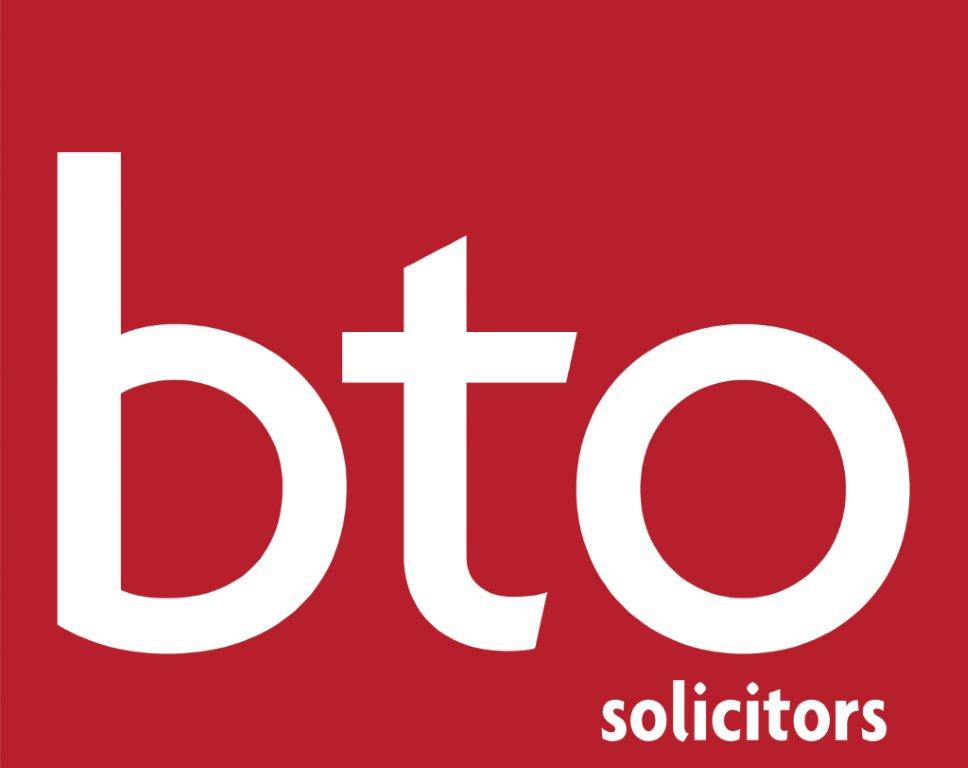Jonathan Tait: Reputation protection in the age of social media and fake news

Jonathan Tait
Jonathan Tait explains how firms can safeguard their reputations in the age of social media and fake news.
The American business magnate and philanthropist Warren Buffet once said, “It takes 20 years to build a reputation and 5 minutes to ruin it.”
Organisations invest vast resources into building up their reputations with clients, their business peers and with the business community as a whole and this can all be destroyed in an instant with a misguided statement or endorsement, or by allowing their social media platforms to become vulnerable to attack.
It is often extremely difficult for companies and brands to recover from these avoidable mistakes.
You should assume that somewhere someone is looking at your profile, your website, your brand…otherwise why would you have it have an online presence in the first place? For businesses that someone is often a competitor. Competition is healthy, but can also be the source of unwanted attention.
How can you supervise the content on your social media sites?
Well you can start by ensuring that you know who has access to your social media accounts by controlling the permissions of your social media accounts.
If you are utilising social media as a marketing or sales tool, then you should have a dedicated person/team to handle any content that is published. Many organisations adopt a social media management platform ensuring that any content that is published is only done so by those that are authorised to do so.
It goes without saying that the content that you share should reflect the values that your organisation or brand wants to project. Creating a social media strategy can also help to ensure that the content that you post is engaging (to your audience), is safe and promotes your brand’s values. One trap a lot of companies fall into is to reply to negative comments/reviews made about you or your organisation.
It can also be a good idea to create a social media escalation policy within your organisation which should make clear who should respond and in what ways in these instances, again adhering to your brand values.
What happens if your social media account is hacked?
Well sadly hacking is more prevalent now that it has ever been and accounts being hacked appears to be a daily occurrence. It can have a devastating effect on an organisation and bring substantial damage to the brand that the company has created.
Hacks also come in a variety of guises but there are there are some common approaches that hackers use:
- Private messages being posted to your friends/followers which contain viruses / malware
- Unexpected email or push notifications from your network provider telling you for example that your email address is changed
- Profiles being changed
- Status updates that you didn’t make
- Automated favourites or likes
Hackers are becoming more and more resourceful and it can appear that it is a bit of a whack-a-mole situation at the moment, every time firms or organisations get rid of one, another half-dozen spring up.
Preparation, preparation, preparation is the key. Have a plan in place to deal with any instances of hacking and this will help you deal more efficiently in the event of a hack. This is of course easier said than done and it can be hard keeping your head when you are in the middle of things, but there are some easy steps that you can follow to help regain control over your accounts:
- Change passwords immediately
- Remove any apps / posts that you do not recognise
- Ensure that it is still your specified email address that’s linked as the default to the account so that you will be able to monitor/control output
And most importantly, contact the people that your account has messaged/spammed etc. and notify them know that your account has been compromised. Damage limitation is important here!
What is Fake News?
We hear about fake news daily, it has become a war cry for some individuals!
We have a number of clients here at BTO who contact us about fake reviews from customers they have never heard of and about products they don’t even offer any more! Sometimes these fake reviews can be clearly seen for what they are, a failed attempt to tarnish the positive reputation of an organisation or brand.
However, you should not underestimate the risk to your business at the hands of fake reviews or fake news. There have been a number of fake stories spread about which have severely tarnished the name and reputation of individuals and companies alike. Widespread coverage of offers purported to be sent by Starbucks, pub chains refusing to allow their staff members to wear Remembrance Day poppies and food retailers racially profiling customers were all uncovered as fake news, but not before significant reputational damage had befallen the companies in question.
It is not just national chains that are vulnerable either, local businesses are not safe from this alarming trend either. There have been numerous fake reviews posted on various sites reviewing restaurants, delivery services, high street boutiques, tanning salons all of which have later been uncovered as fake, but in some instances this has been too late.
How do you deal with fake news?
Larger organisations may have the manpower and the resources to monitor and respond to the spread of fake news, but what can smaller entities do to protect themselves? It is important that you ensure your organisation is fully prepared for such eventualities; failing to do so will undoubtedly result in greater damage being incurred.
Irrespective of the size of your organisation, there are some measures that you can take to deal with any fake news outbreak:
- Plan how you would address fake news. It is important to involve key members of your organisation in this plan of action ensuring consistently of approach.
- Have procedures or personnel in place to monitor traditional/social media platforms for any mention of your organisation/brand.
- Do not issue a kneejerk statement. This can often do more damage that the fake news item itself, but ensure that your response is issued timeously, in line with your plan.
- Communicate any inaccuracies in the reporting and ensure that the correct facts are presented and that a positive image is portrayed
- Let your stakeholders hear what is happening from you directly via the most appropriate platform.
The key to dealing with any hack or fake news outbreak is in the preparation and the response that your organisation takes in dealing with it. There are numerous measures that can be taken to protect yourself from such incidents, in as much as it is possible to do so.
However, it should be stated that you should think very carefully before engaging with a protagonist directly, either through social media posts or comments, by correspondence such as letter or email, or through a “cease and desist letter” issued by a solicitor on behalf of your business. Once it is out there – it stays out there.
A frequent tactic of the protagonist is to immediately post your email or your solicitor’s letter online – and this has happened to us here at BTO on more than one occasion – and this is usually posted with additional adverse comment that may or may not be accurate, and often adding in the Twitter accounts dozen tabloid newspapers, bloggers or review sites.
What you have written will then, in turn, be judged by social media users and not necessarily from an informed perspective. So, if you do choose to react, keep any reactive posts or correspondence factual, avoid emotional responses and, if possible, include some narrative that truthfully portrays your approach as reasonable.

Jonathan Tait is a solicitor at BTO LLP









